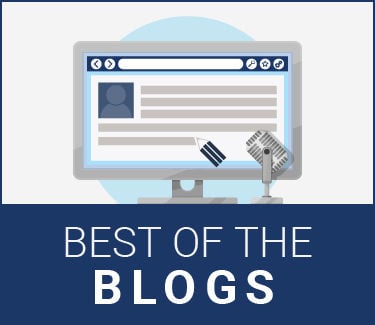As marijuana legalization continues to waft its way across more states, there’s no doubt media have their eye on potential advertising opportunities. But we’re talking about a hot potato for broadcasters, with specific risks unique to radio as a federal licensee. After all, medical and recreational marijuana recently legalized in some states remains illegal under federal law. Over the air issues are complex enough—and what about radio’s digital assets?
“Navigating the minefield of marijuana advertising that could lead to revenue opportunities for radio is deceptively complex,” said Brad Deutsch and Aaron Edelman of the law firm Garvey Schubert Barer in a post from the Radio Advertising Bureau’s “Radio Matters” blog, titled “The Uncertain World of Marijuana Advertising.”
In Part Two of the organization’s exploration of the issue, the focus is on radio’s digital platforms—such as web, smartphone and tablets—which, not surprisingly, are all the more complex. What separates marijuana advertising on-air vs. digital, the RAB explains, is that there is no federal license associated with digital media, therefore the risk assessment is substantially different: “The FCC’s authority flows from your radio station license and the Commission generally will not go outside its jurisdiction to reach beyond issues directly associated with broadcast operations.”
So far, 29 states and DC have legalized medical marijuana—but more than a dozen of those have imposed specific restrictions and prohibitions on digital marijuana advertisements. “Because there is no requirement for the states to harmonize their regulations with each other, the laws vary widely, often in ways that are not at first obvious,” the RAB says.
Despite this lack of consistency, the states with such laws generally address one or more of the following three concerns: making sure that ads do not geographically target audiences that live outside the state in which marijuana is legal; making sure that ads are not targeted to anyone under 21; and making sure ads are not false or misleading.
On the simpler side, Hawaii, Maine and Montana simply prohibit marijuana advertisements altogether. Washington, however, serves as a case in point, according to the RAB post. Under its statute, advertising or marketing that specifically targets persons residing out of the state of Washington is a no-no. This eliminates national advertising based out of Washington and requires digital platforms to figure out how to limit the reach of ads within the state’s boundaries. “Geofencing provides one possible solution by creating virtual geographic boundaries to limit where certain digital advertising can be accessed,” the RAB offers—however, even if marijuana ads are geofenced within a particular state, there are still risks that a digital ad can be inadvertently accessed by someone in a neighboring state.
Regarding restrictions to ensure that ads don’t target those under 21, many states require digital platforms to assess what percentage of their audience is made up of minors. Some states require affirmative age confirmation by users. Others restrict the content of the marijuana advertising to ensure that ads are not designed to appeal to people under the age of 21.
On the gentler side of marijuana advertising, Nevada allows pot advertising. It requires proposed ads to be submitted to a state regulatory agency for pre-approval via a “Marijuana Advertising Submittal Request” form. The state then evaluates the advertising and approves or denies advertisements, packaging, names and logos for marijuana products.
The RAB cautions that some states require that advertising revenue is not linked to the volume of marijuana sales generated in any way. “A flat fee is the safest way to structure your ad revenue, but the key is to avoid anything that ties your platform too closely to the marijuana advertiser,” the post says. “A state might treat your business as having a direct financial interest in the marijuana business.”
With so many individual laws, requirements and potential roadblocks, the RAB offers details state by state: here and here.

